How Do Emissions Impact the Environment?
Updated Oct. 27 2020, 4:53 p.m. ET
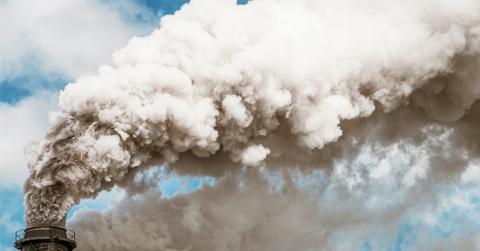
Our planet is being inexorably altered, day by day, and resulting changes in temperature and extreme weather is making our daily lives that much harder. The thing about it is, we have no one else to blame but ourselves. Droughts, heatwaves, wildfires, and intensified hurricanes have resulted in the loss of lives and property, not to mention the damage that’s being done to the remaining natural habitats all over the world.
Scientists place the blame for these devastating events purely on climate change and the resultant global warming that has been caused by the emissions of greenhouse gases all across the planet. Carbon emissions from factories and automobiles are among the biggest contributors to this effect, but they aren’t the only ones. Either way though, the main culprit in all of this, is us.
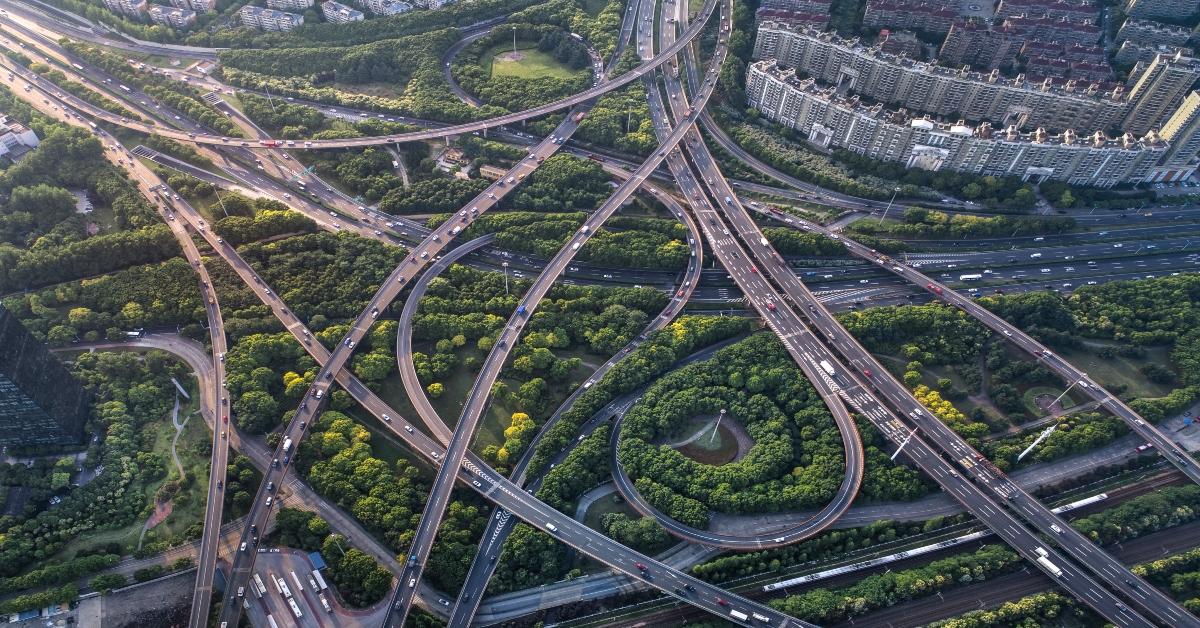
What are carbon emissions?
When you think of carbon emissions, it's very likely that you also think of the term greenhouse gases. These gases include carbon dioxide (naturally), methane, nitrous oxide, ozone, and water vapor. These gases escape and flow up into the atmosphere, where they trap the sun’s heat, thereby warming the average global temperature. This phenomenon, involving the long-term heating of Earth’s overall climate, is known as global warming.
Those emissions have been largely attributed to the burning of fossil fuels, such as coal, gasoline, or other petroleum products. As of 2017, carbon emissions comprised 82 percent of the total greenhouse gas emissions in the U.S.
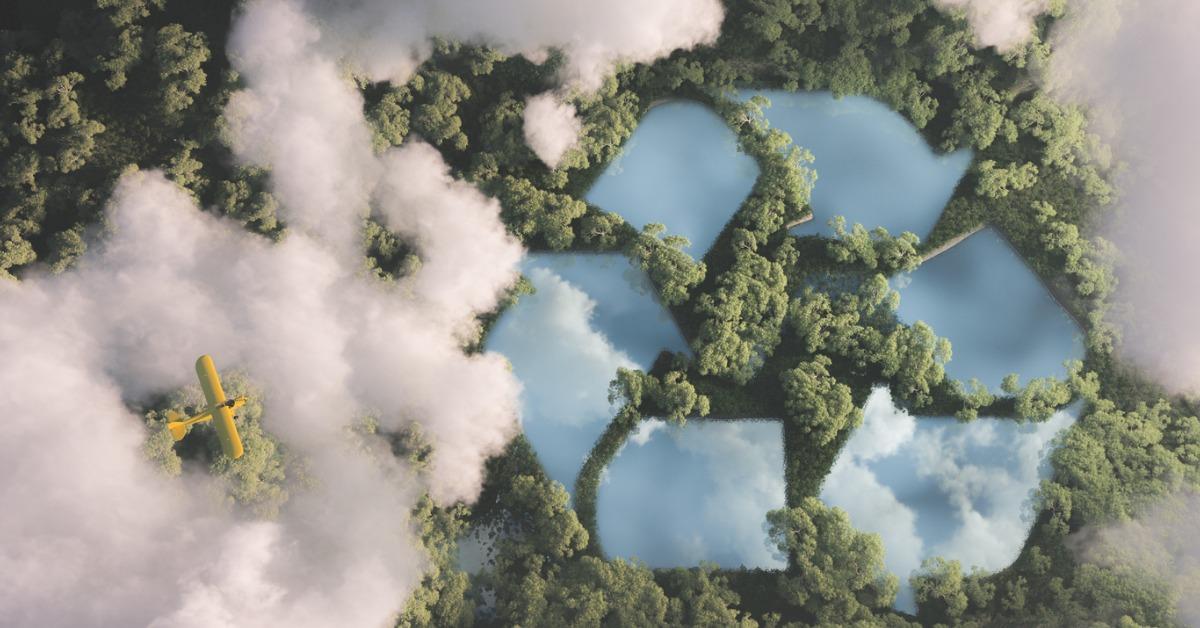
What are some other greenhouse emissions?
According to the EIA, other common greenhouse gases include methane, which comes from coal mining, natural gas and petroleum systems, electricity generation, and transportation. Agricultural emissions, such as those from livestock, as well as waste management emissions are also huge sources of methane. Nitrous oxide is another common byproduct of fuel combustion and from fertilizer and animal waste management.
The last group is considered high-GWP gases and includes things like hydrofluorocarbons, perfluorocarbons, and sulfur hexafluoride, most of which come from things like refrigerants, aerosols, and solvents. Hydrofourocarbons, in particular, have been known to affect the ozone layer.

What causes carbon emissions?
Humans; humans cause carbon emissions. While some animal farts may contribute to a high concentration of greenhouse gases, it’s the humans who put those animals together in the first place. Carbon dioxide is released into the atmosphere daily by things like transportation, electricity production, agriculture, and any number of other industries that utilize fossil fuels. Transportation is the biggest culprit of all, accounting for 28.9 percent of all carbon emissions, according to the EPA.
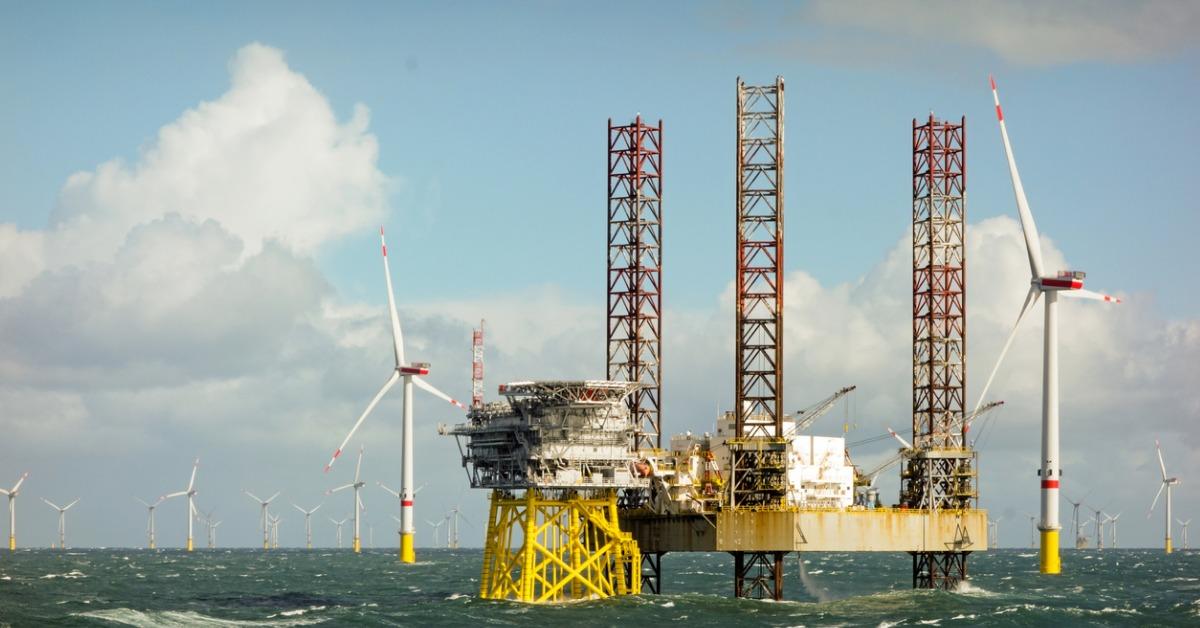
What are the effects of carbon emissions?
Higher global temperatures don’t just mean a hotter world. These temperatures affect the sea level, the consistency of rain, the increased prevalence of drought, and the severity of tropical storms. Hurricanes have become stronger and more frequent, heatwaves and wildfires have raged out of control in some places, and droughts are more and more common in equatorial climates.
This means an increase in water use in crops, more need for lumber to replace damaged property, and a decrease in oxygen levels as entire swaths of forests are incinerated.
The carbon dioxide released by these emissions sits in the atmosphere for hundreds of years, and some of the smog up there may be able to be traced back to the Industrial Revolution. Animals and humans are being affected as a result of all these emissions. Whole cities find themselves completely engulfed in non-breathable smog. Natural habitats are warped and changed, forcing some species into extinction while others thrive. And if you hadn’t already guessed, that much pollution and carbon dioxide aren’t exactly healthsome for the human body, either.
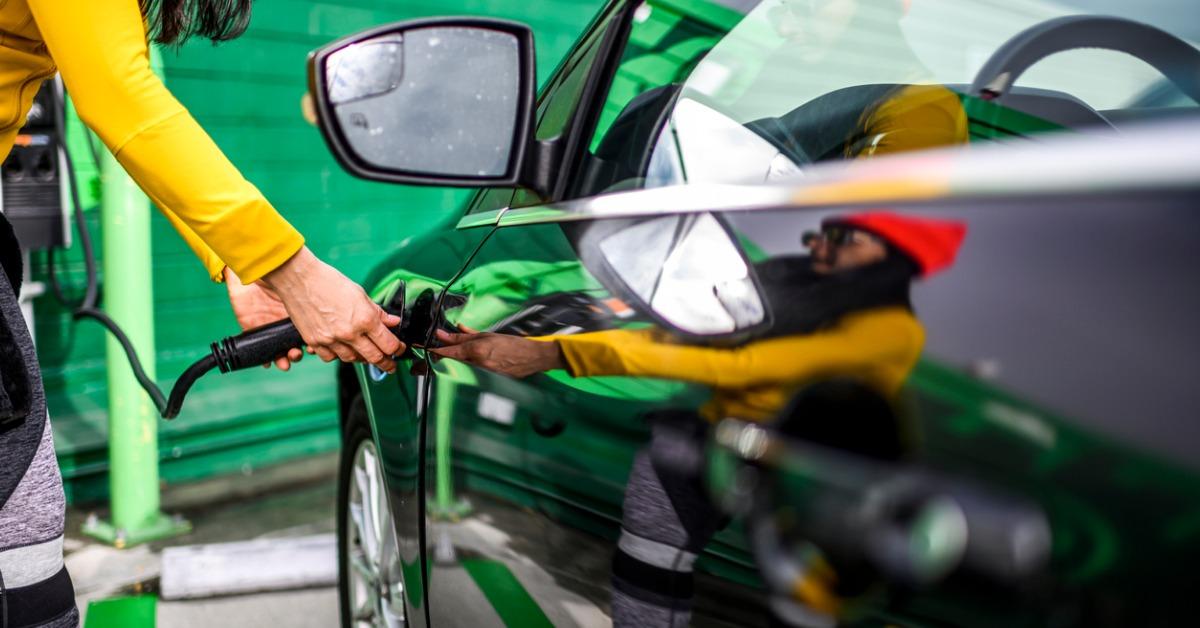
Are carbon emissions increasing or decreasing?
According to climate.gov, carbon dioxide concentrations are still on the rise. This is despite some indications that pollution levels had dropped at the start of the coronavirus pandemic. Unfortunately, the increase in industrialization across the world has necessitated a greater need for things like electricity and transportation.
Still, there is hope that research into more renewable energy resources like solar, wind, and geothermal power may be the key to repairing some of the damage. The mainstreaming of electric cars has also managed to take quite a few gas guzzlers off the road. Even so, there is work to be done.
How can we change things for the better?
Even if the world at large seems unwilling to do its part to make things better, there are things that you can do to reduce your own carbon footprint and carbon emissions. Drive less, eat less meat, use less electricity, and try your best to use as little waste as you can. Even if it seems hopeless, anything we do today can help save the Earth for tomorrow.